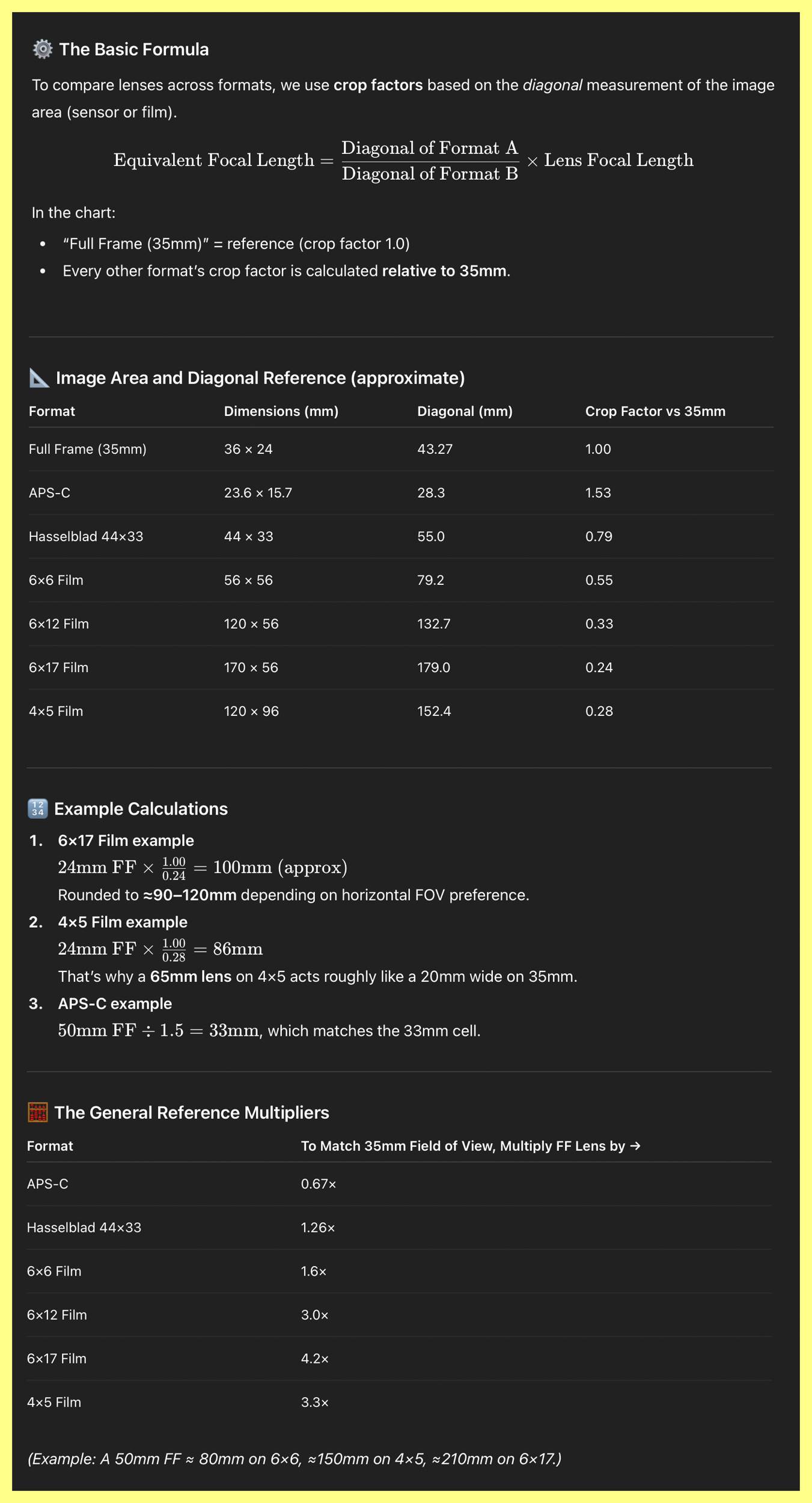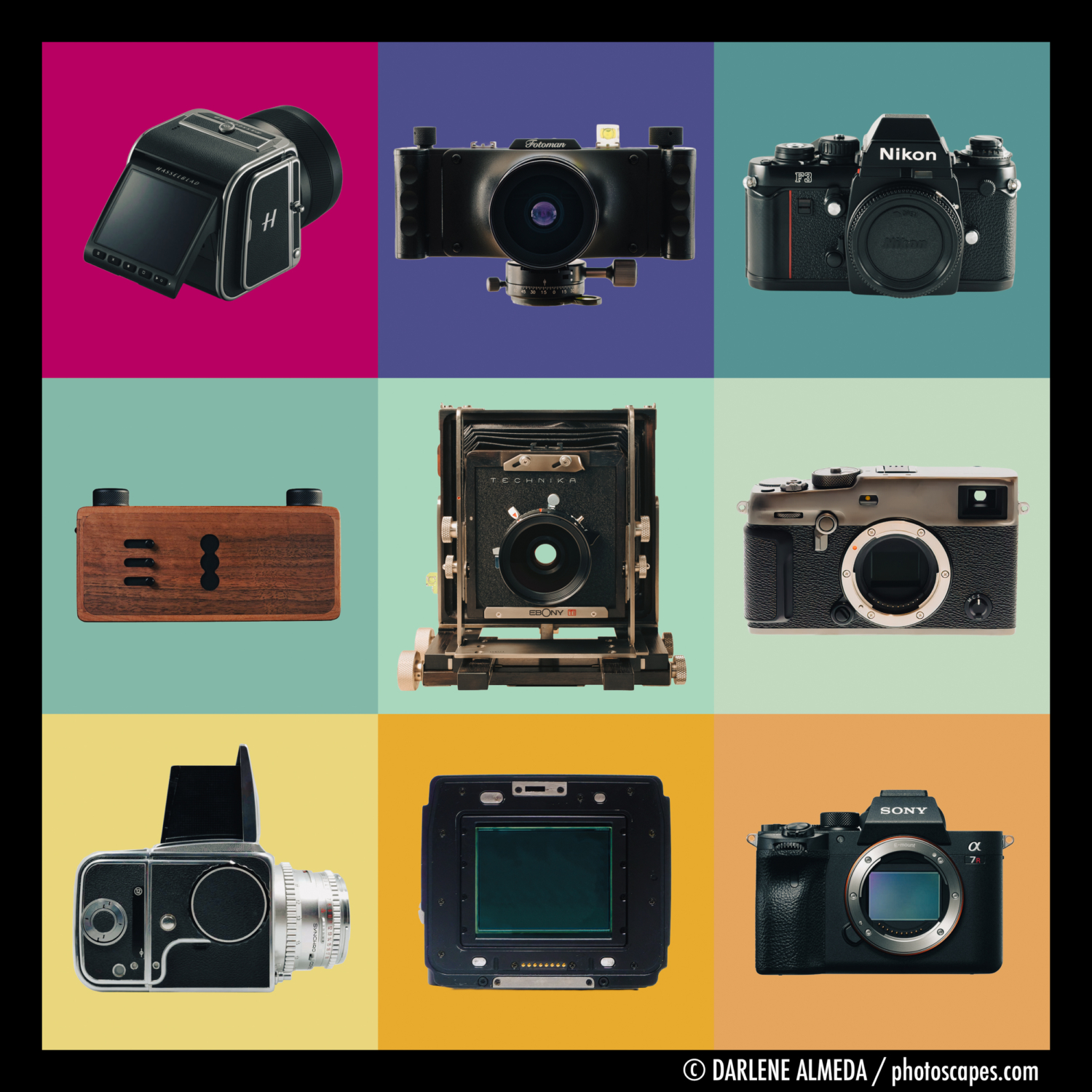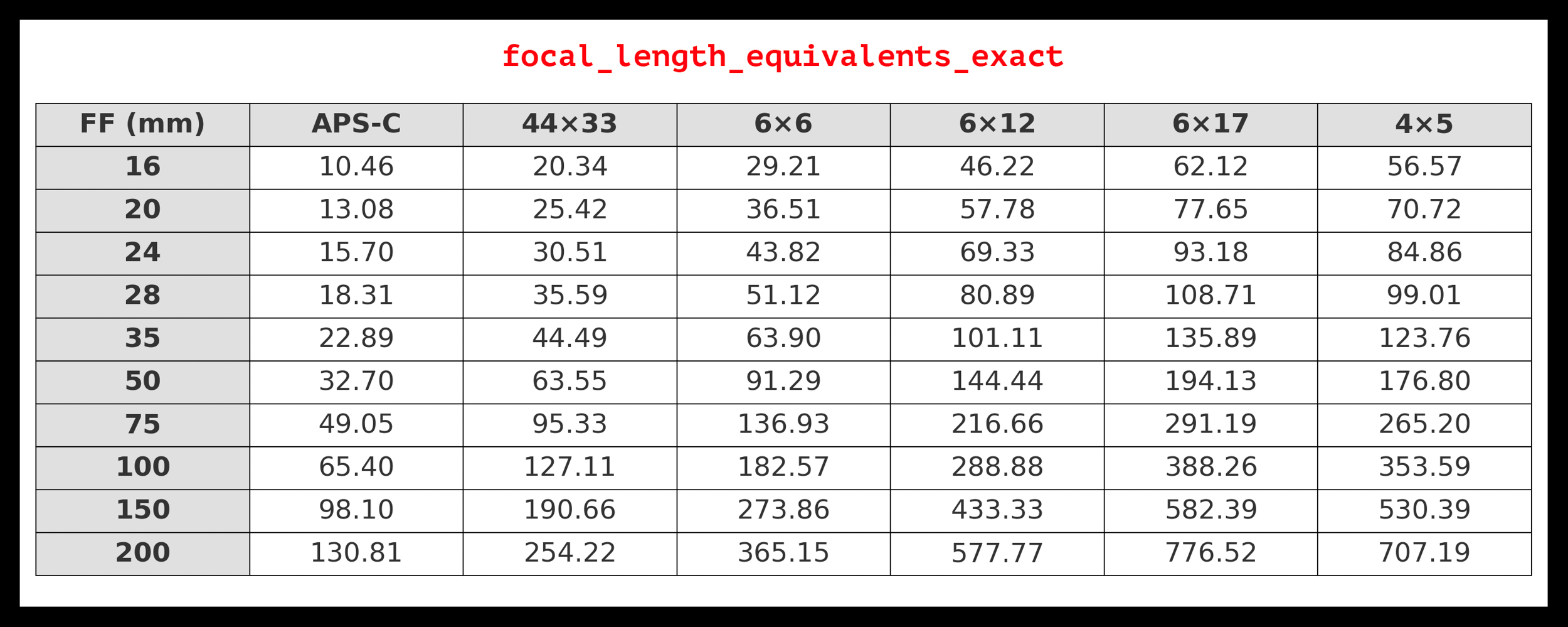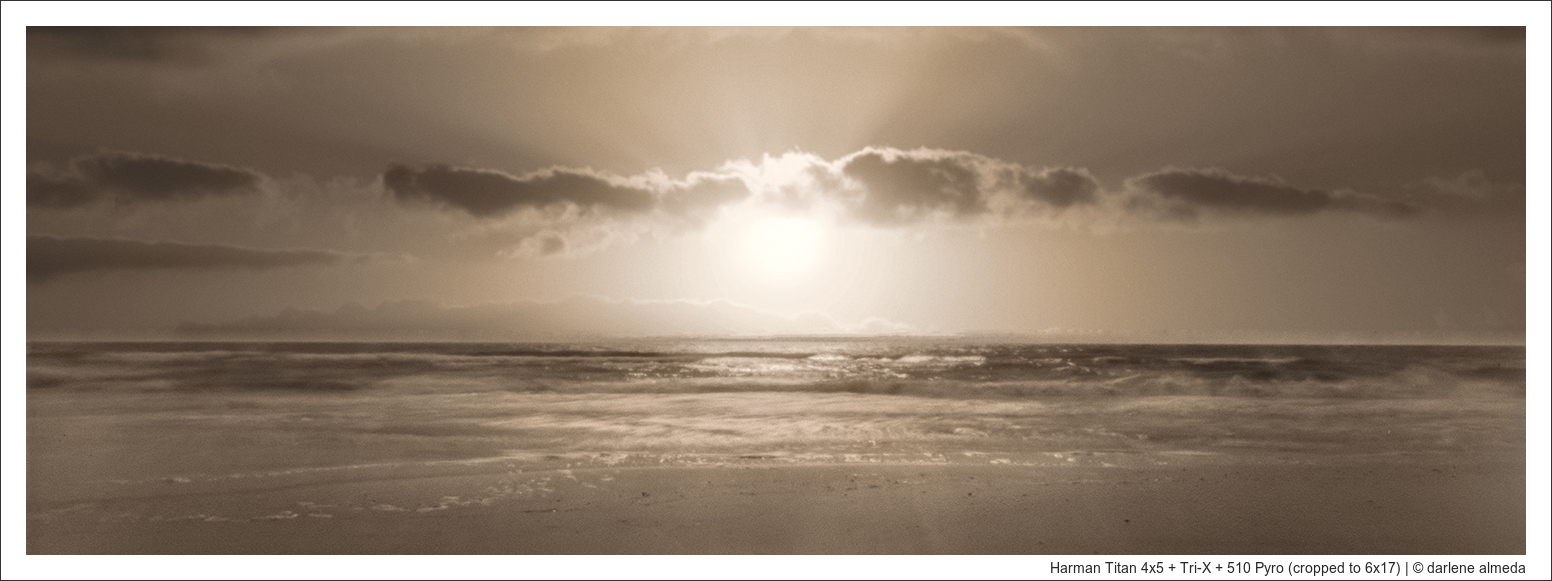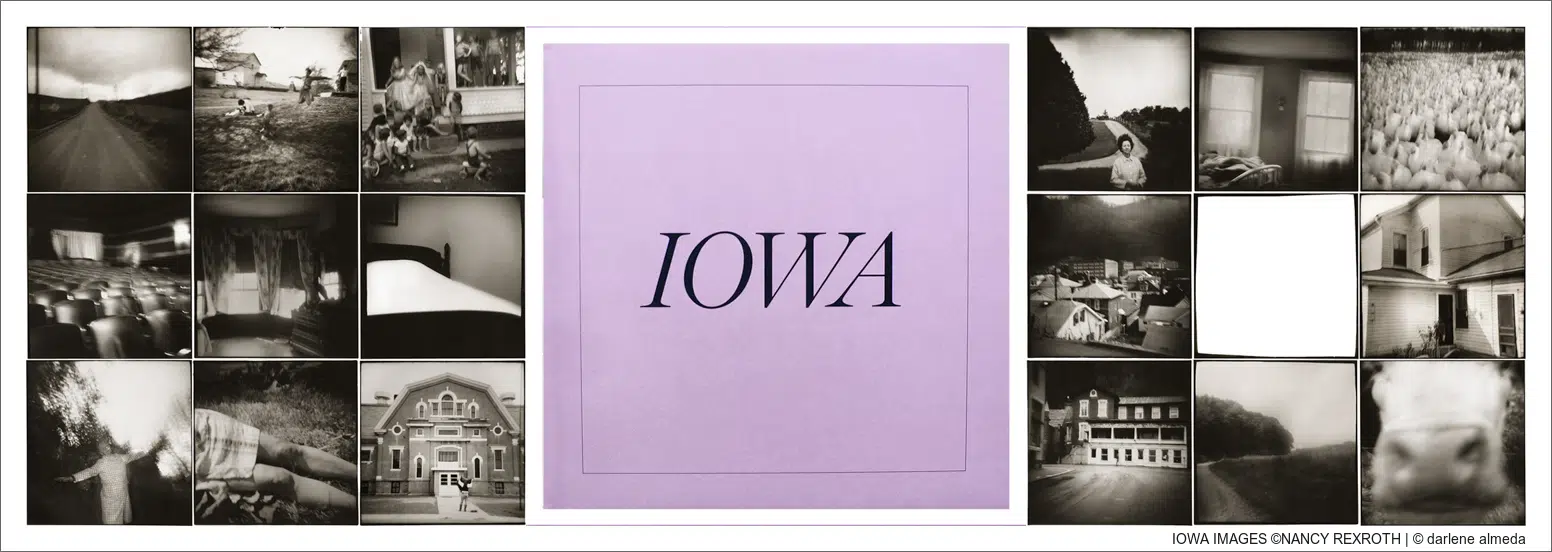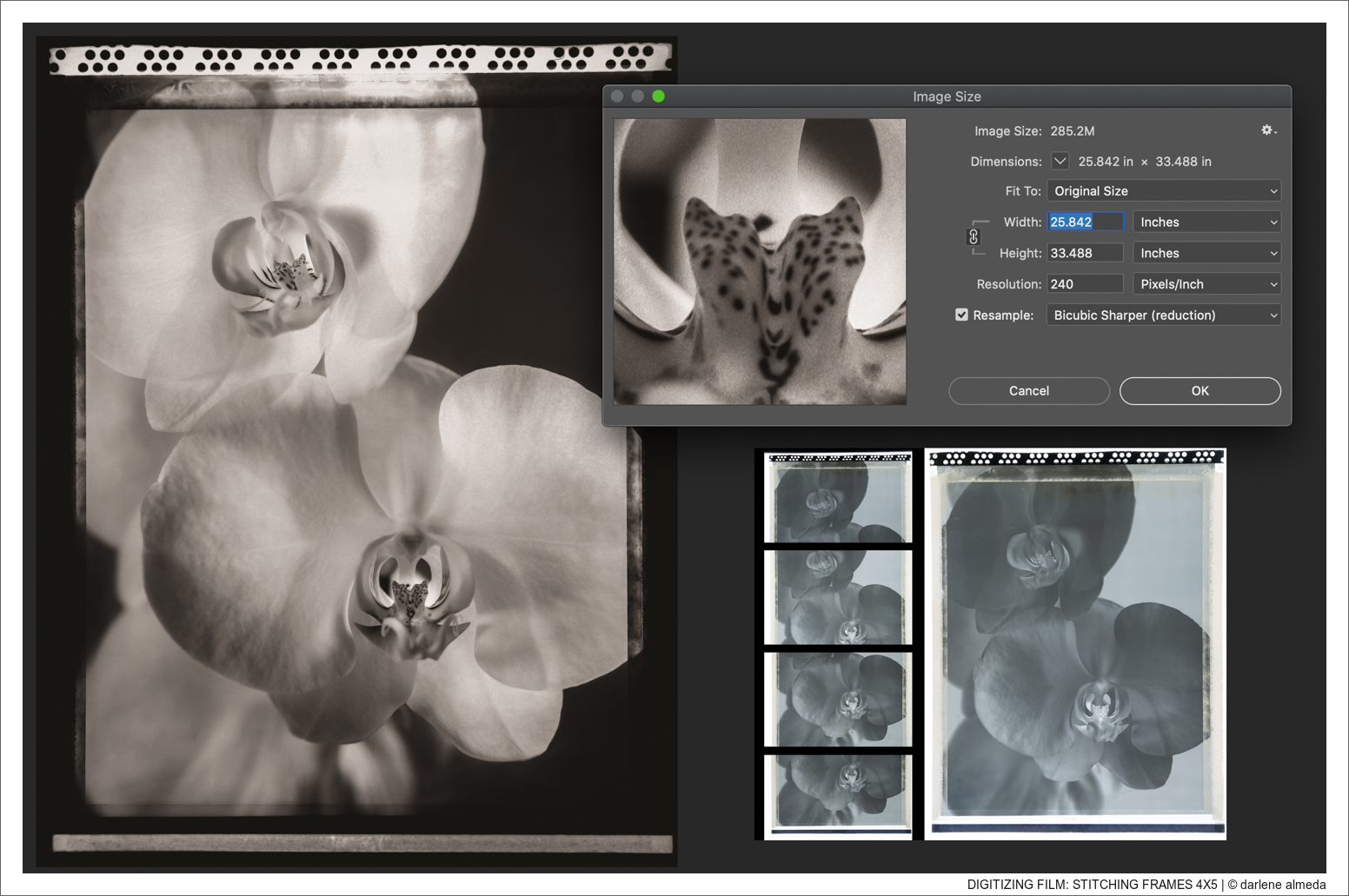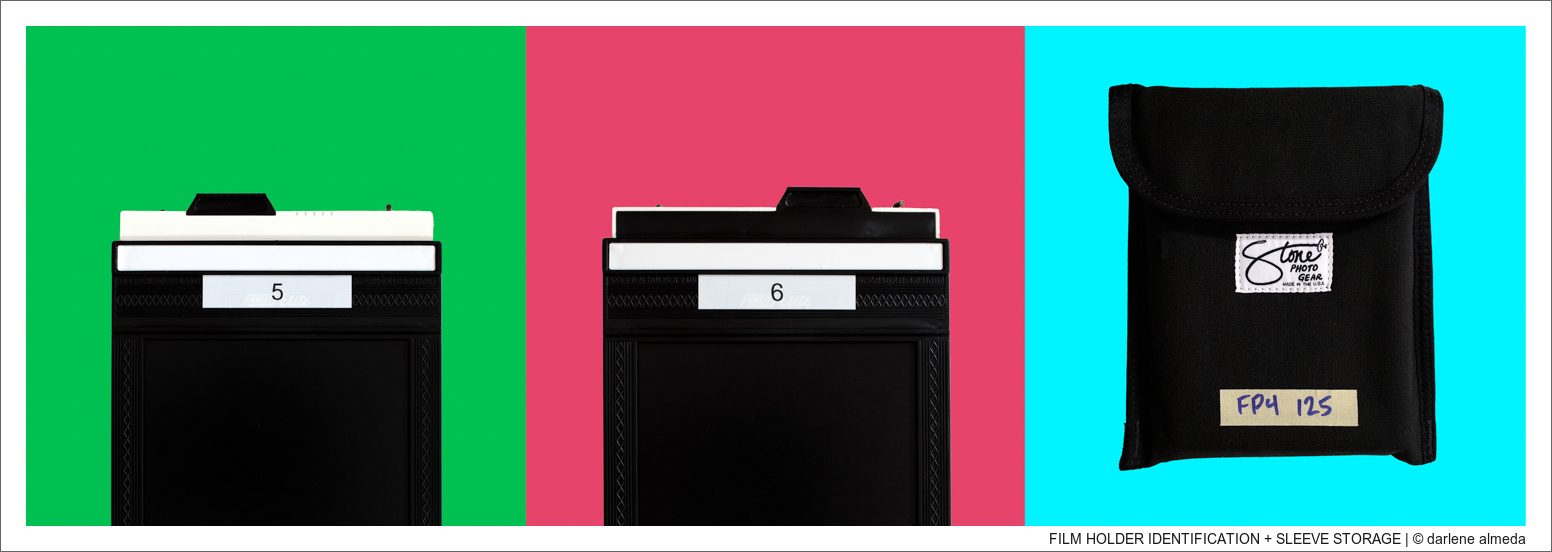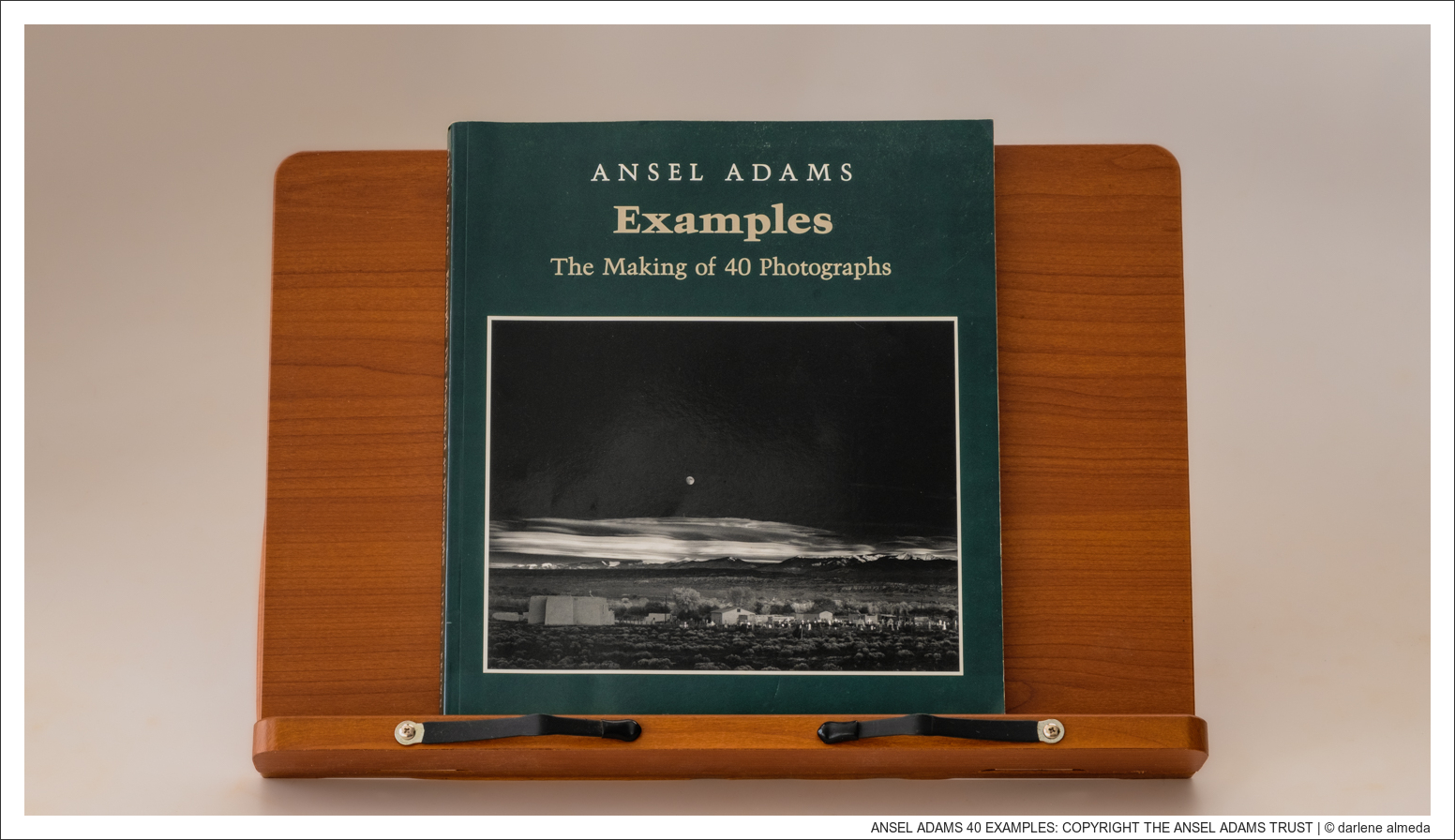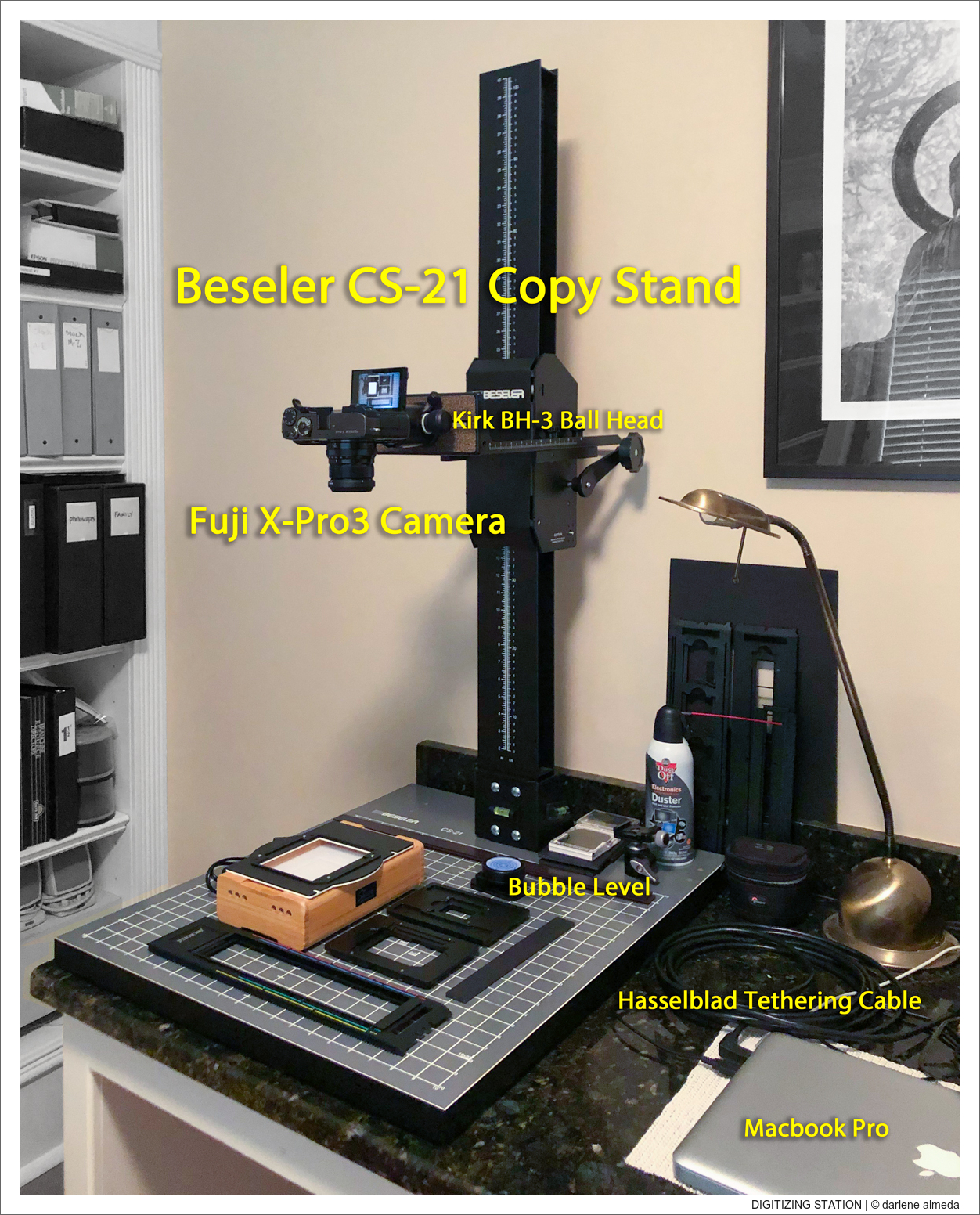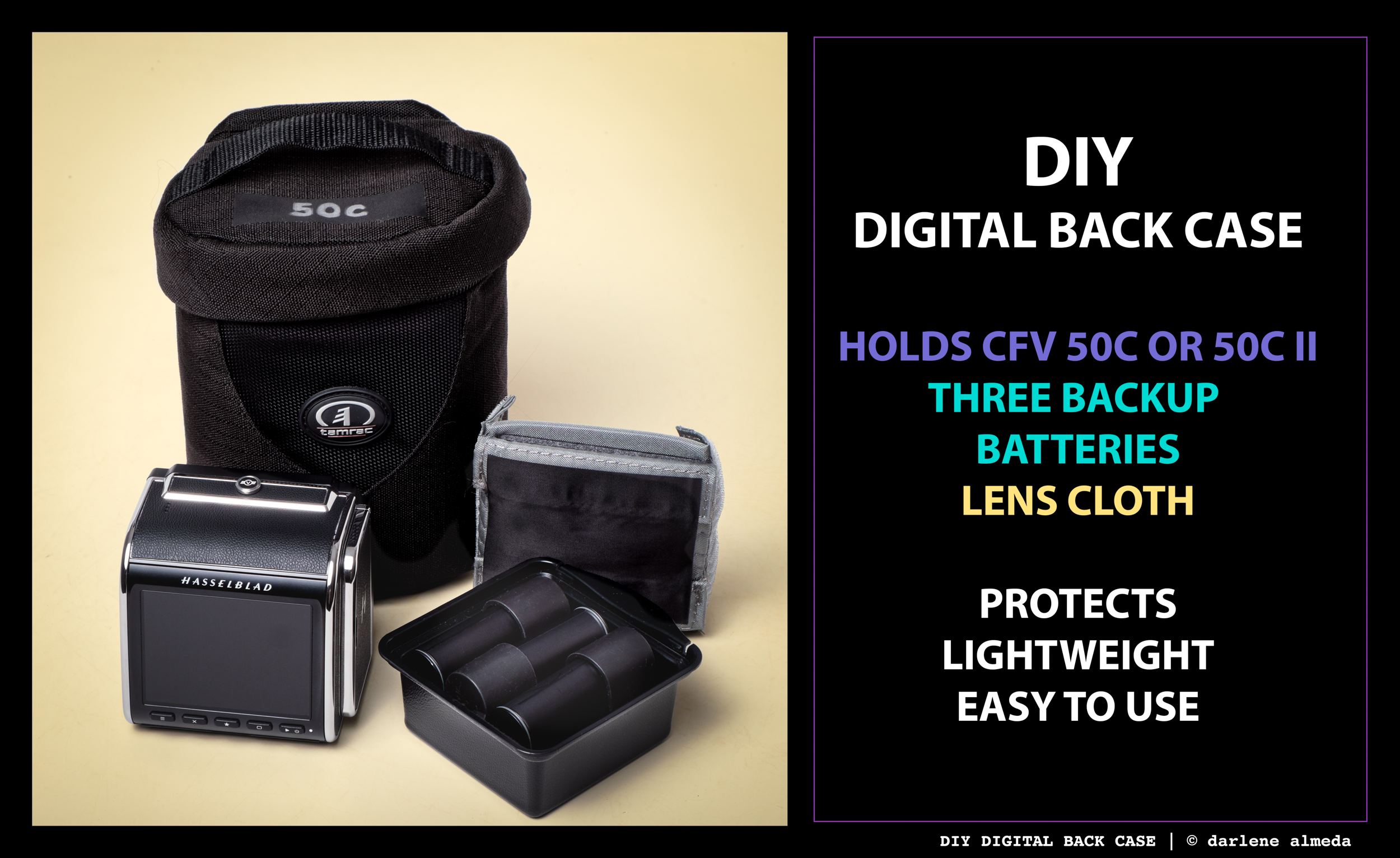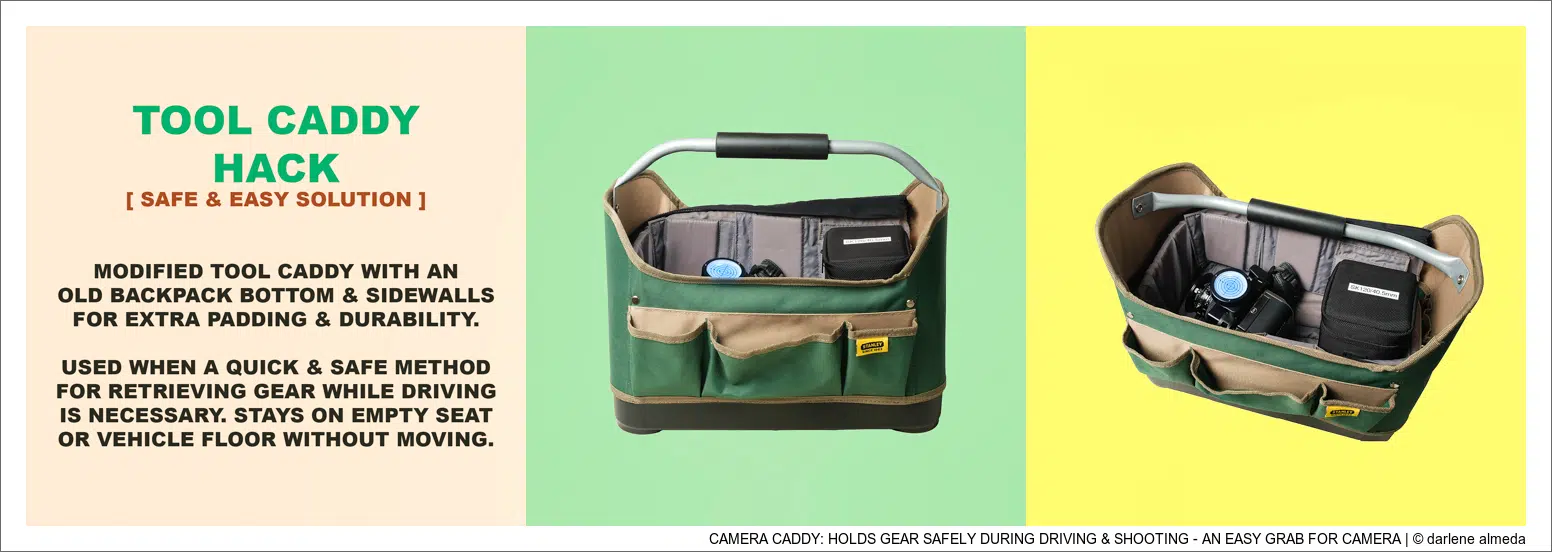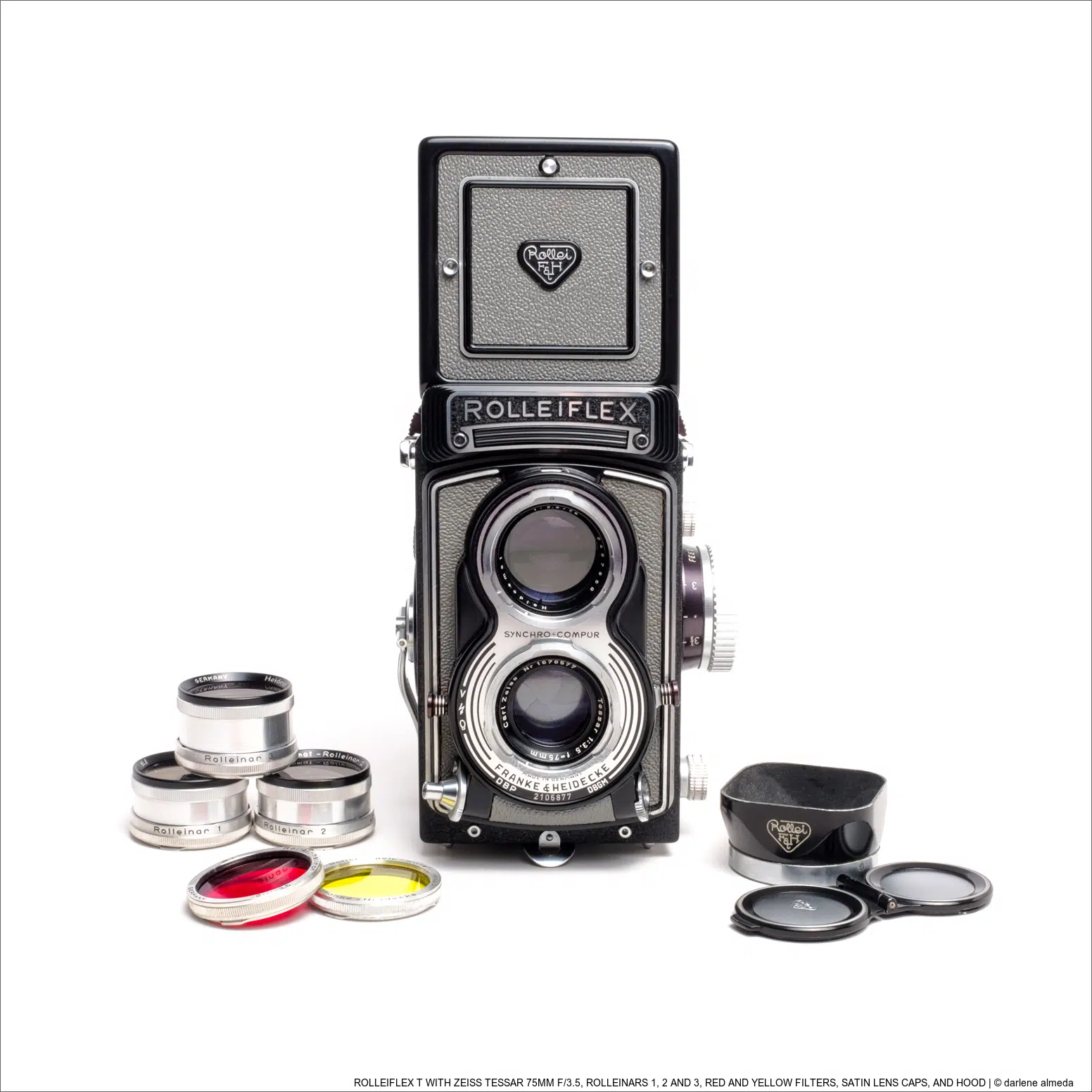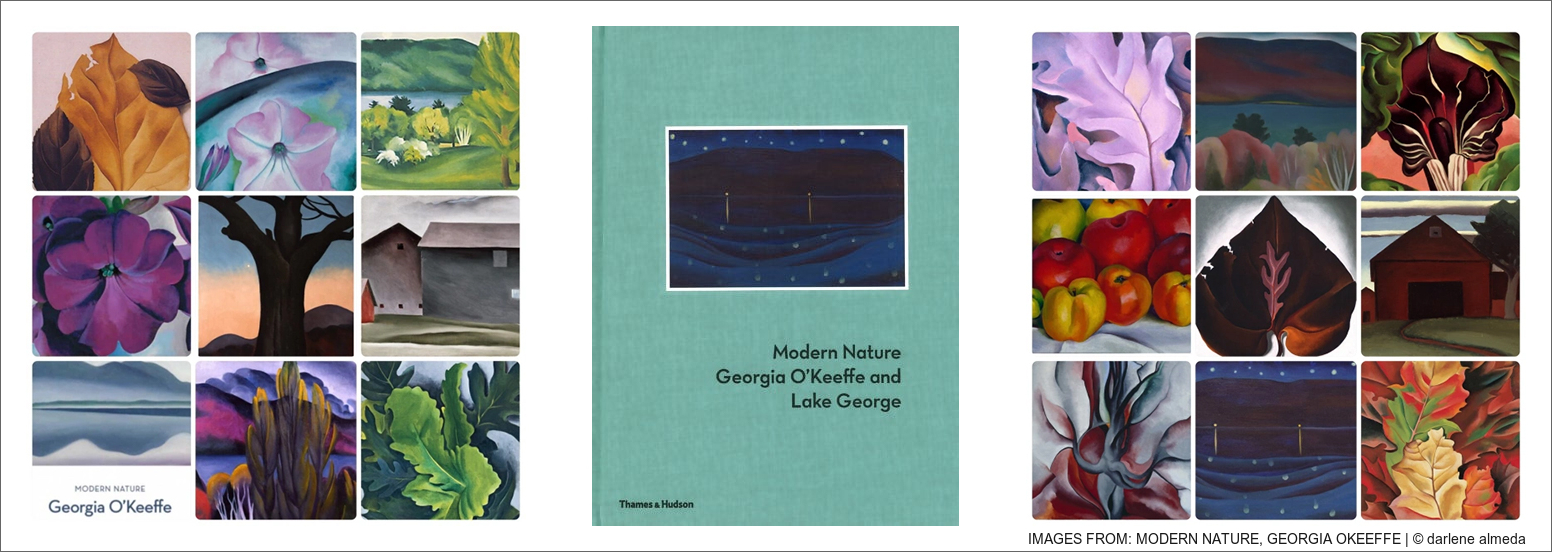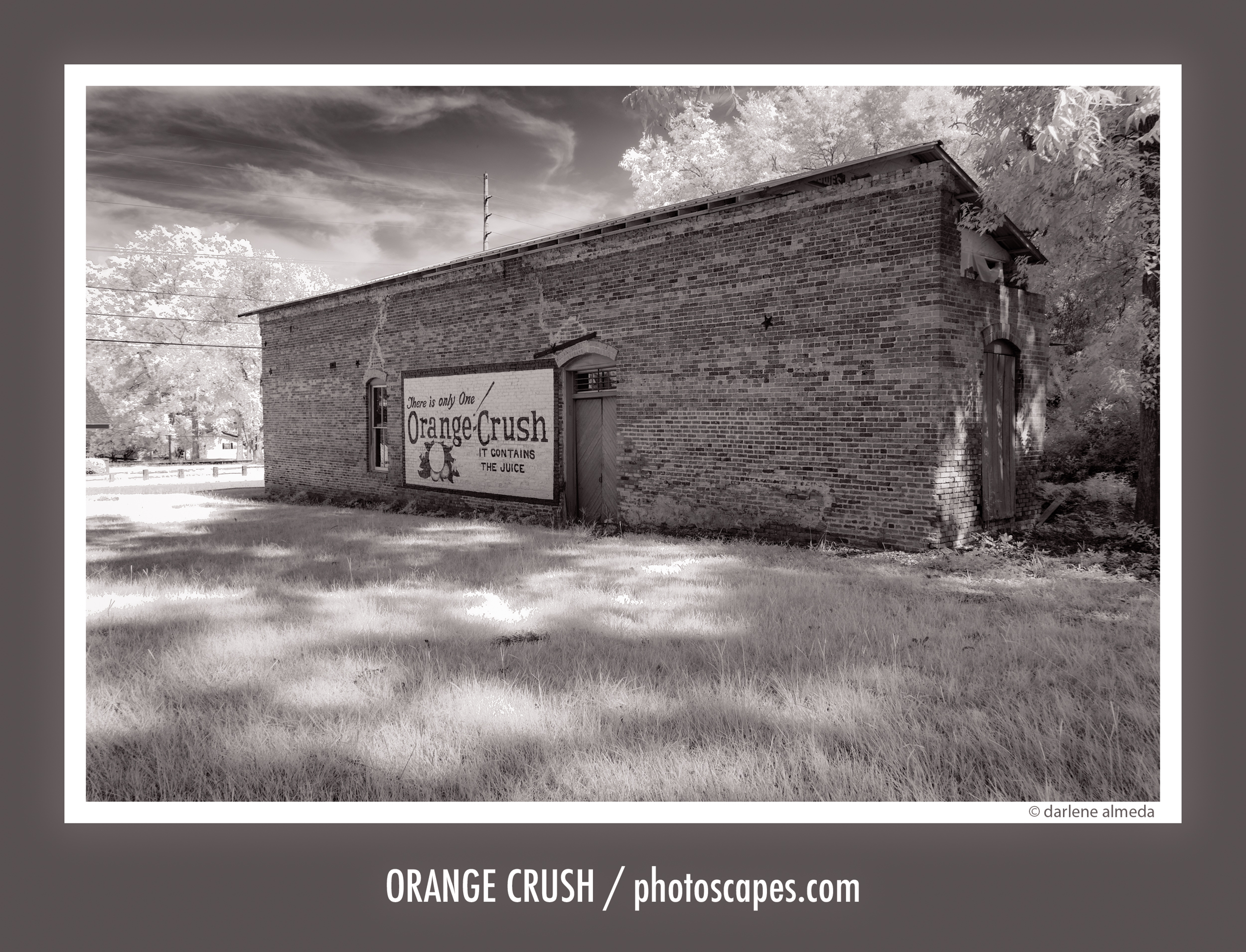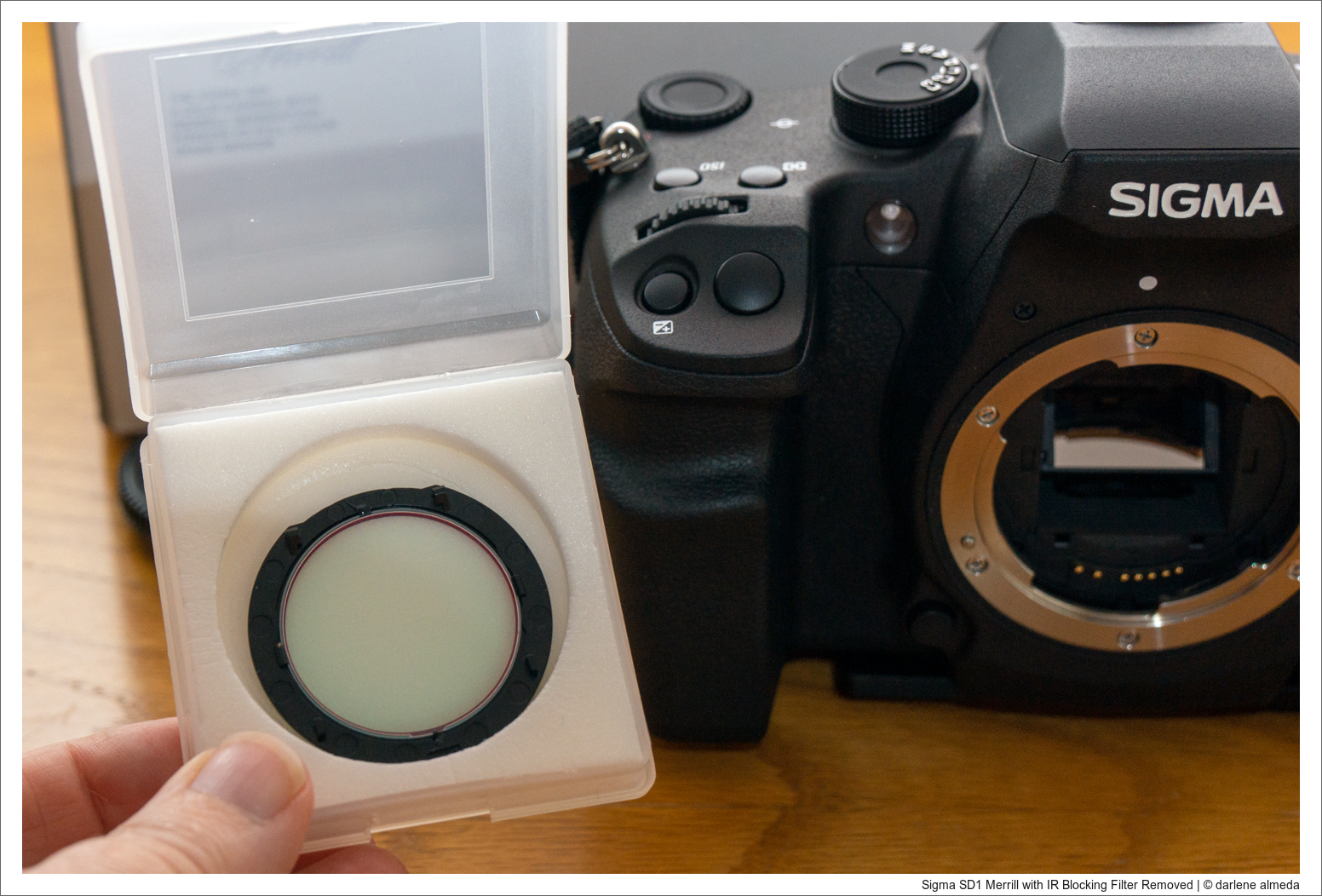nine formats = countless perspectives
Intro
From 35mm film to digital sensors and large-format cameras, the field of view changes even when the focal length doesn’t. A 50mm lens may feel “normal” on one camera but telephoto or wide on another. Understanding equivalent focal lengths helps photographers translate vision across formats, so whether you’re composing with a full-frame Sony, a panoramic film camera, or a 4×5 field camera, your frame of reference stays consistent.
Most photographers have heard the term equivalent focal length, but many only half-understand what it really means, or why it’s worth caring about. In my own work, I use everything from a Sony A7R IVA (full-frame 35mm digital) and Fujifilm APS-C cameras to Hasselblad 44×33 digital, 6×6 film, 6×12, 6×17 panoramic, and 4×5 view cameras. Each of these formats interprets focal length differently, influencing how we perceive and compose images. Learning to see through those changes is what allows me to move comfortably between systems, and to know precisely what kind of image I’ll get before I ever set up the camera.
Why Equivalent Focal Lengths Matter
At its heart, focal length equivalence is about perspective and field of view. A 50mm lens doesn’t look the same across all cameras because the size of the recording area, whether it’s a sensor or a piece of film, changes how much of the scene is captured. The larger the format, the wider the field of view for the same focal length, while smaller formats narrow that view.
Understanding this relationship allows you to translate your vision across cameras. If I know what a 50mm lens looks like on full frame, I can predict that I’ll need roughly a 33mm lens on my Fujifilm APS-C camera to see the world the same way. Likewise, if I want that same framing on 6×6 film, I’ll reach for an 80mm lens, and on 4×5, around 150mm. This knowledge becomes second nature over time, but it starts with grasping why equivalence exists in the first place.
A Photographer’s Perspective
Early in my career, I learned to think in focal lengths, not brands or formats. When switching between my 4×5 and medium format systems, I wasn’t thinking about what lens to use but rather how I wanted the scene to feel. Was I after compression, intimacy, or expansiveness?
Each format simply offered a different interpretation of the same visual idea. That’s why understanding equivalence isn’t about memorizing numbers; it’s about cultivating predictive vision, or pre-visualization. It lets you see the shot before it’s made, regardless of the camera in your hands.
The Concept Made Simple
Focal length equivalence starts with one simple idea: different camera formats see the world differently, even when using the same focal length lens. What changes is not the lens’s focal length—it’s the field of view that the lens produces on different sensor or film sizes.
Think of it this way: if you take the same 50mm lens and mount it on three cameras: one full-frame digital, one APS-C, and one medium format digital, you’re not changing the lens, but the camera is showing you a different slice of the scene. The smaller the sensor, the tighter the view; the larger the format, the wider the view.
The full-frame 35mm format (36×24mm) has become the reference standard. Everything else is compared to it. Here’s how it translates in everyday use:
- Full Frame (Sony A7R IVA) – a 50mm lens gives a natural field of view, similar to how we see with our eyes.
- Fujifilm APS-C – has a 1.5× crop factor, meaning that the same 50mm lens gives the equivalent of a 75mm field of view. To get the same look as a 50mm on full frame, you’d use roughly a 33mm lens on your Fujifilm.
- Hasselblad 44×33 Digital (Medium Format) – is about 0.79× larger than full frame. Here, a 63mm lens gives a field of view roughly equal to 50mm on full frame, while a 100mm lens behaves more like an 80mm portrait lens.
These differences may seem small, but they influence how you compose and visualize a scene. Understanding them helps you translate what your eyes see into what the camera will record, no matter which system you’re using. For example, when I move between my Sony and Fujifilm systems, I don’t have to think about numbers anymore. I simply know what each lens will feel like. That’s the power of understanding equivalence: it frees you from technical uncertainty so you can focus entirely on creating.
From Medium to Large: Seeing Beyond the Frame
6×6 Film
On a square 6×6 negative, an 80mm lens is considered the normal lens, roughly equivalent to a 50mm on full frame. A 60mm lens on 6×6 gives a moderate wide view, while a 100mm or 120mm lens feels short-telephoto, perfect for portraits. When I switch from my Hasselblad 500 series to my Sony digital system, I instinctively translate those numbers in my head. I know my 80mm Planar will give me a similar perspective to a 50mm on digital, so I can previsualize before even raising the camera.
6×12 and 6×17 Panoramic Formats
Panoramic formats change the game because their field of view is stretched horizontally. On 6×12, the frame is twice as wide as 6×6; on 6×17, it is nearly three times as wide. A 90mm lens on 6×12 gives a field of view close to a 28mm lens on full frame, while on 6×17 it behaves more like a 20mm, but with a completely different spatial feel.
Panoramic lenses render space with an almost cinematic quality. Foreground elements pull you in, and the horizontal sweep of the frame guides the eye across the image. This is where equivalence isn’t just about numbers, it’s about intuition. Knowing that a 90mm lens on 6×17 feels like a 20mm on 35mm digital, helps me anticipate how lines will stretch, how sky and land will balance, and how scale will feel when printed large.
4×5 Large Format
When you move to 4×5, everything shifts again. The “normal” lens is typically around 150mm, which offers a similar field of view to a 50mm on full frame. A 90mm on 4×5 acts as a wide-angle, similar to a 28mm on full frame, while a 210mm behaves like a short telephoto (around 70mm equivalent).
Because of the sheer image size, even slight differences in focal length on 4×5 have a noticeable effect on composition. A 150mm may feel intimate and direct, while a 135mm gives breathing room without distortion. The learning curve is slower with large format, but that deliberate pace reinforces the importance of truly seeing before you shoot.
Understanding these relationships across film and digital formats brings everything full circle. Whether I’m working with a 6×17 panoramic camera or a compact APS-C body, I’m always translating what I see through a language of focal lengths that’s now instinctive.
Beyond the math, these relationships shape the way we see and create.
Creative Implications: Seeing Consistently Across Systems
Once you’ve internalized how focal lengths behave across formats, something remarkable happens: you begin to see consistently, no matter which camera you pick up. The numbers fade, and your instincts take over.
For photographers who work with multiple systems, like I do, understanding equivalent focal lengths is the key to maintaining a consistent visual language. It allows you to move between cameras without losing your sense of perspective, proportion, or storytelling rhythm.
When I move from my Hasselblad 907x to a 4×5 or panoramic system, I’m not thinking about millimeters; I’m thinking about feel. Do I want intimacy or distance? Compression or openness? I’ve learned to translate those choices through focal length equivalence, which makes my creative process fluid across every camera I own.
Here are a few ways this understanding shapes creative work:
Predictive Vision
Knowing how each format “sees” helps you pre-visualize. You can stand in one place and instantly imagine what that same composition will look like through a different system. It’s like carrying all your cameras in your head at once.
Consistent Style
Whether you’re shooting on a Sony A7R IVA, a Hasselblad 500CM, or a 6×17 panoramic, understanding equivalence helps keep your visual style cohesive. You can maintain consistent relationships between subject size, background scale, and perspective — even across vastly different formats.
Smarter Lens Choices
When traveling or working light, you can select lenses more intelligently. Knowing that your 35mm lens on APS-C gives you the same field of view as a 50mm on full frame saves weight and simplifies your kit, without sacrificing your creative intent.
Cross-Medium Storytelling
For those who combine film and digital work, equivalence allows seamless integration. You can mix mediums within a project while keeping a unified look and visual flow. That kind of consistency strengthens the story and makes your work unmistakably yours.
Understanding equivalent focal lengths doesn’t just make you a more technical photographer; it makes you a more intentional one. It builds confidence in your choices and freedom in your creativity. Once the math becomes second nature, what’s left is intuition, and that’s where art begins.
Conclusion: Seeing Beyond the Camera
In time, all the numbers and crop factors fade into the background. What remains is understanding, the kind that lets you move fluidly between systems, confident that the image in your mind will match the one on film or sensor.
Knowing equivalent focal lengths isn’t about technical trivia; it’s about developing visual translation skills. It’s the bridge between your tools and your intuition. Once you grasp it, your cameras stop feeling like different instruments and begin to play in harmony.
For me, this knowledge has become second nature. Whether I’m composing on a ground glass under a dark cloth or framing through an electronic viewfinder, I already know how the scene will fall within the frame. That familiarity frees me to focus entirely on light, mood, and meaning, the reasons I fell in love with photography in the first place.
Photography has always been a conversation between precision and feeling. Understanding equivalence allows both to coexist, where the science of optics meets the art of vision.
Equivalent Chart For Multiple Camera Formats
Below is a chart I made for all the camera formats I shoot. I encourage you to make one for your formats as well.
| Full Frame (35mm) | APS-C (1.5×) | Hasselblad 44×33 | 6×6 Film | 6×12 Film | 6×17 Film | 4×5 Film |
|---|---|---|---|---|---|---|
| 20 mm | 13 mm | 25 mm | 36 mm | 58 mm | 90 mm | 58 mm |
| 24 mm | 16 mm | 30 mm | 43 mm | 65 mm | 120 mm | 75 mm |
| 28 mm | 18 mm | 35 mm | 50 mm | 80 mm | 135 mm | 90 mm |
| 35 mm | 23 mm | 45 mm | 63 mm | 95 mm | 175 mm | 110 mm |
| 50 mm | 33 mm | 63 mm | 80 mm | 135 mm | 230 mm | 150 mm |
| 75 mm | 50 mm | 95 mm | 120 mm | 200 mm | 340 mm | 225 mm |
| 100 mm | 67 mm | 125 mm | 150 mm | 270 mm | 450 mm | 300 mm |
| 150 mm | 100 mm | 190 mm | 230 mm | 400 mm | 680 mm | 450 mm |
| 200 mm | 135 mm | 250 mm | 300 mm | 540 mm | 900 mm | 600 mm |
Actual perceived perspective may vary slightly depending on aspect ratio and lens design.
Equivalent Chart For Multiple Camera Formats (Exact Math)
Below is an exact equivalent chart for all the camera formats I shoot. It is easy to see why rounding off to the nearest available lens equivalent is a good idea.
The Math Behind The Equivalent Charts
